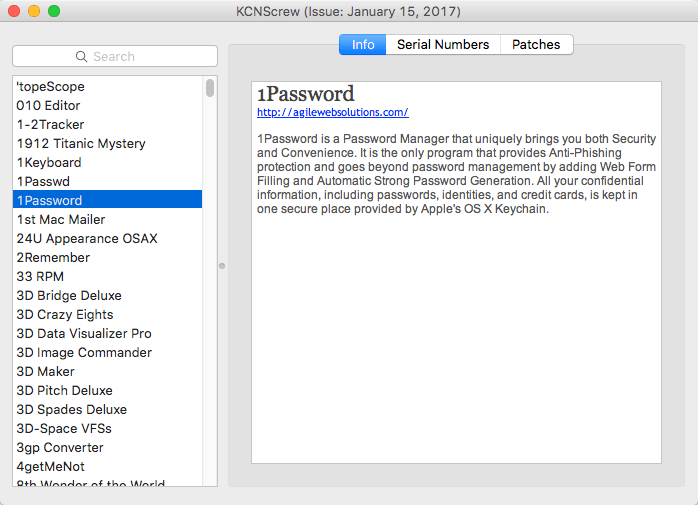Credit: ©iStockphoto.com/BernardaSvBoot Camp software from Apple shook up the computing public upon its apocalyptic arrival in April 2006. Boot Camp graduated from beta, or near-finished, status with the arrival of Leopard. Boot Camp Assistant software is stored in the Utilities folder inside the Applications folder.Boot Camp itself is free. You have to supply your own single-disc or downloadable full-install version of Windows; an upgrade disc won’t cut it.It’s also important to note that you can use a 64-bit version of Windows, Windows 7 (Home Premium, Professional, or Ultimate), Windows 8, or Windows 8.1. Consult to see which Mac models are compatible with which versions of Windows. In its current incarnation, Boot Camp isn’t compatible with 32-bit versions of Windows.Other requirements follow:.An Intel Mac with OS X version 10.6 or later.At least 2GB of RAM and 20GB of available space on the Mac’s storage drive that you want to donate to Windows.A blank CD or USB storage device that you’ll use for Windows software driversIf you don’t run into snags, the entire installation should take about an hour.Windows 8 and Windows 8.1 are optimized for a touchscreen environment, though you can use it with a standard mouse and keyboard.
For now, Macs don’t support touchscreen computing.To install Windows 8 via Boot Camp, you still must have a legitimate Windows 8 license from Microsoft and a Win8 installation disc, assuming that you have an optical drive. If you don’t have an optical drive, you may be able to create a Windows installer from an ISO file downloaded from Microsoft on a USB flash drive that’s 8GB or larger. Because snags are possible, back up all your important information on the Mac’s startup disk. Basic trainingFollowing are the basic steps to get through Boot Camp:.Run Boot Camp Assistant (in the Utilities folder inside the Applications folder) to make sure that you have the latest firmware on your computer and to install any support software from Apple that you might need.You’ll find any updates at.
If you’re using a portable computer, make sure to connect the power adapter. You will also be given the option to create a Windows 7 (or later version) install disk for which you’ll need a USB flash drive and an ISO image downloaded from Apple.Follow the prompts in Boot Camp Assistant to create a partition for Windows. You’re essentially carving out an area of your hard drive for the Windows operating system. This partition must be at least 30GB and can swell to the total free disk space on hand minus 30GB.

If you don’t plan on doing much in Windows, keep the partition small.Drag the divider to set the partitions for both OS X and Windows, or click Divide Equally to make equal partitions. You can’t resize a Windows partition after creating it, though you can replace it with a larger Windows partition.If you have a Mac Pro with more than one internal hard drive, you can select which drive to partition.
Mac Os X Versions
If any of this makes you nervous, know that you can remove the Windows partition later and go back to a single-partition Mac.Insert the Windows CD or a USB flash drive with the Windows ISO file and then click Start Installation. If you exited Boot Camp Assistant before installing Windows, open it again, choose Start the Windows Installer, and click Continue.When you’re asked to choose the Windows partition, select the partition that says BOOTCAMP.You may have to scroll down to see it.Don’t erase any partitions that you see or create a new partition here.
Max Supported Version of Mac OS X (OS X, macOS)The maximum version of Mac OS X, OS X, or macOS supported by each G3 and later Mac follows. For complete specs on a particular system, click the name of the Mac. For all Macs that are compatible with a specifc maximum supported version of Mac OS X - courtesy of EveryMac.com's - click the OS of interest.Systems with 'Current' support the current version of the macOS, macOS Catalina (10.15). Systems marked 'Current.'
(Current and an asterisk) also are capable of running macOS Catalina, but there may be some unsupported features. Systems with other OS versions listed and an asterisk are capable of running that version of the operating system (but no higher) and with limitations. See the specs page for a particular model for details.If you are not sure which Mac you have, look it up with EveryMac.com's feature.